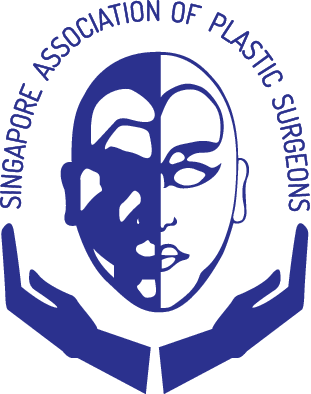CLEFT LIP AND PALATE REPAIR
Author: Dr Por Yong Chen
WHAT IS IT?
A baby may develop cleft lip and/or cleft palate due to a developmental defect in the womb. The causes are multifactorial and can be environmental, genetic or idiopathic.
As the baby’s face develops in utero, there are facial processes (outpouchings) that move and fuse together due to mesodermal penetration. The formation of the normal face is due to this complex interaction of cells which are influenced by multiple heterogenous factors, such that failure in one particular element can lead to a disastrous cascade of consequences resulting in the formation of a cleft lip and/or palate.
The condition can be a spectrum of severity of abnormalities comprising a defect in the upper lip, maxilla and palate. In addition, this can be unilateral (involving one side) or bilateral (involving both sides of the upper lip.
Some of these defects may be discovered in utero, and the family will have to go for counselling and additional investigations to exclude other syndromic or associated conditions.
TREATMENT
Patients with cleft lip and/or palate require staged treatment at different periods of their life:
- Presurgical Nasoalveolar molding.
- Lip and nose repair at 3 months of age.
- Palate repair at 6-12 months of age.
- Repair for velopharyngeal insufficiency for speech problems (if present).
- Alveolar bone graft at 9-12 years of age.
- Corrective facial bone surgery (orthognathic surgery) at skeletal maturity, i.e., about 15 years for girls and 17 years for boys.
- Scar revision at the appropriate age, as discussed with parents and patient.
COMPLICATIONS AND MANAGEMENT
Healing after cleft lip surgery is expected to be smooth and the family will be taught to feed and take care of the scar. As the baby grows older, the face will continue to change and there might be some changes in the appearance of the lip and nose over time. The next revision of the scar or nose is dependent on the residual deformity post operatively. This may be as early as before the child goes to primary 1, or when the child is older.
Cleft palate surgery can be complicated by fistula formation. A fistula is a hole in the palate that leaks water/food into the nose. In most cases of complete cleft lip and palate, an anterior oronasal fistula is intentional and will be closed during the alveolar bone graft surgery at around 8 to 10 years of age when the permanent canine tooth is erupting.
Speech therapy is also essential after cleft palate surgery to treat and correct abnormal speech. If there is hypernasal speech, additional surgery may be required to correct velopharyngeal insufficiency.
